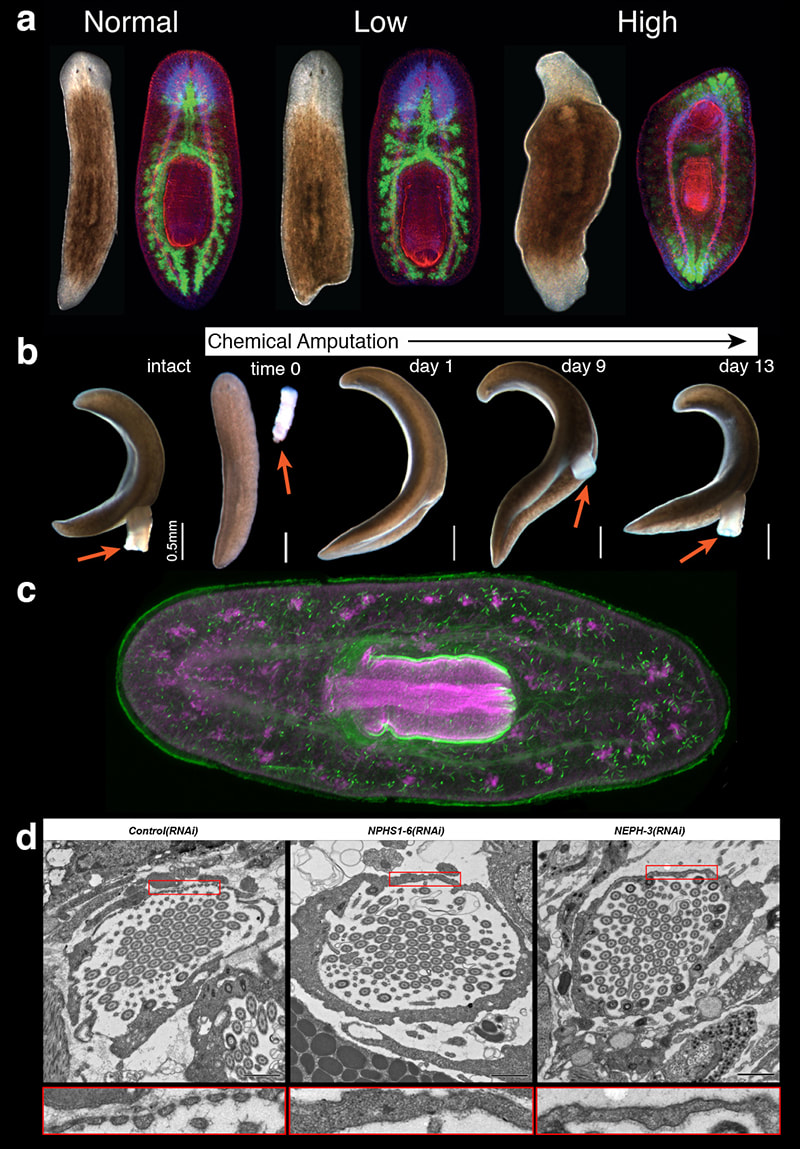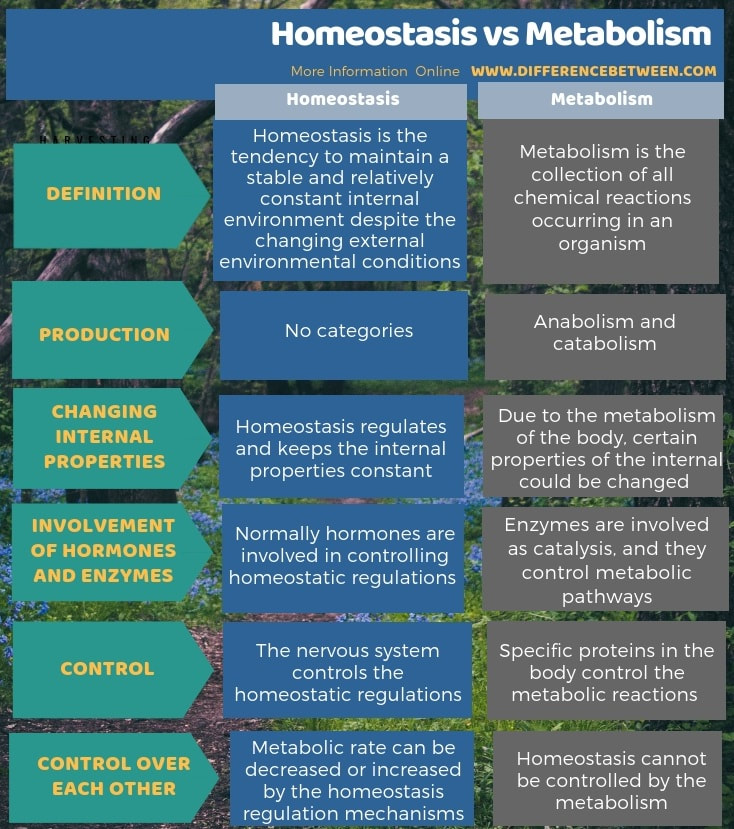Individualized Wellbeing
Men | Women | Children | Animals
Get Into Homeostasis!Homeostasis, any self-regulating process by which biological systems tend to maintain stability while adjusting to conditions that are optimal for survival. If homeostasis is successful, life continues; if unsuccessful, disaster or death ensues. The stability attained is actually a dynamic equilibrium, in which continuous change occurs yet relatively uniform conditions prevail.
When we speak about healing, countless thoughts and questions arise because it is a broad term and encompasses many things, but in a nutshell, healing is the process of regaining health. So, we begin with testing and analysis using various different modalities. Then with the information we gather we look and choose from the best health protocols and remedies available to us. What I find most spectacular is that God gives us so many choices, because every one of us is unique and each of us require solutions tailored to our individuality respectively. Holy Spirit Wellness uses cutting edge naturopathic science balanced with natural cures to bring you the future of Individualized Healthcare today! |
Modalities |
Remedies |
Health Protocols
Signaling, organ regeneration and tissue homeostasisFigure: Signaling, organ regeneration and tissue homeostasis. a) Hedgehog signaling regulates the ability of planarians to regenerate the anteroposterior axis. b) Individual organs can also regenerate in the absence of physical amputation, as illustrated by the chemical amputation devised in our laboratory which leads to the complete ejection of the pharynx and its eventual regeneration (red arrows). c) Two organ systems we have been closely dissecting to understand regeneration and homeostasis: the pharynx (center in green and magenta) and the excretory system (tear-shaped green clusters). d) Planarian organs are becoming important models to understand the maintenance of vertebrate organs. In this case, we interfered with the function of the planarian orthologs of the vertebrate proteins NPHS1-6 and NEPH-3, which are essential components of the slit-diaphragm in the kidney and are required for the efficient filtering of fluids in the excretory systems of animals, including humans (red rectangles). Deficiencies in the structural units of the slit-diaphragm (podocytes) are responsible for human nephronophthisis a disease that, along with certain types of Cystic Kidney Disease, can now be effectively modeled and dissected in planarians. S. mediterranea, therefore, continues to provide novel and important platforms for gene discovery. Credit: Rink, Adler, Tu & Sánchez Alvarado.
|







